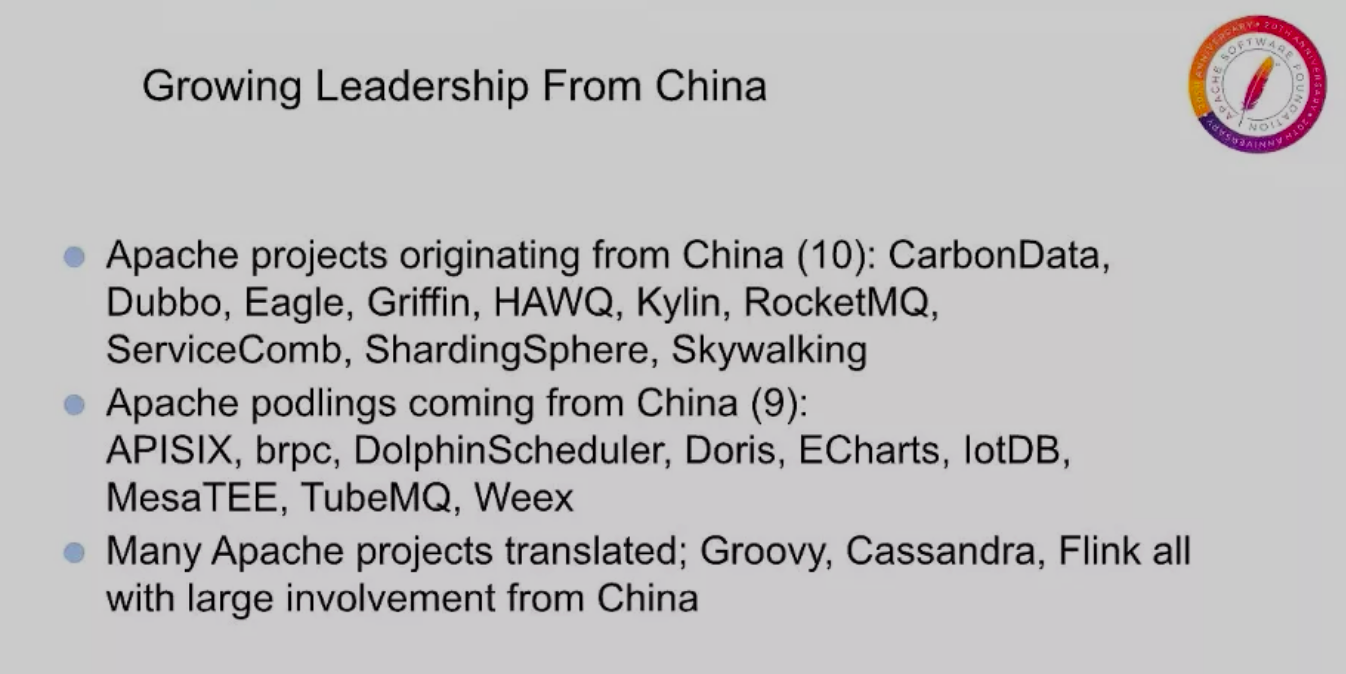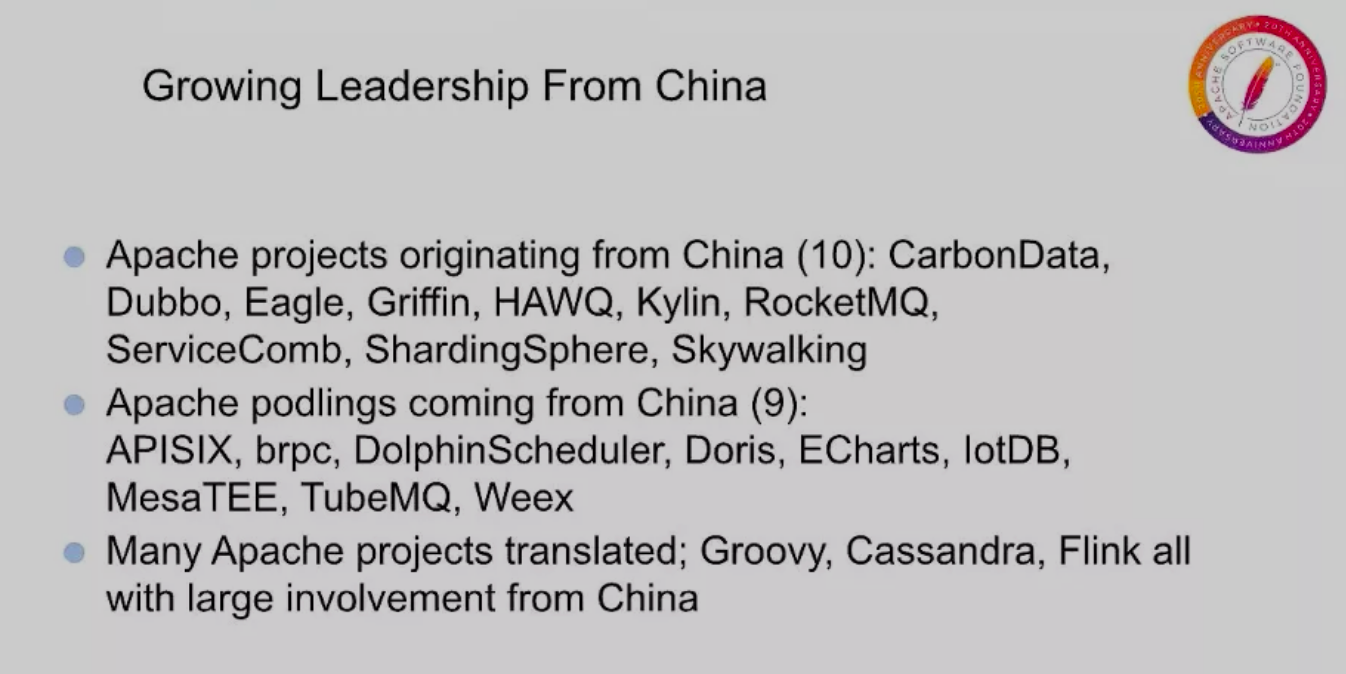This issue covers the period between July 20 - 26, 2020 with six news stories – three from English language sources, three from Chinese language sources – hand-picked by your humble author to further our exploration of the interconnections between technology, business, investment, and geopolitics. All translated article titles are done by me, not official translations from the media outlets.
Before we start: Last week, I recorded a wide-ranging discussion on the podcast, China Talk, with its host Jordan Schneider. We dived into many of the topics I recently wrote about: Tesla, ByteDance, Open Source in China, and Kanye West’s run for POTUS. If you have time, given it a listen! // 上周,我录了一集播客和 China Talk的主持人 Jordan Schneider深入探讨了许多最近写过的话题:特斯拉、字节跳动、中国的开源世界,以及Kanye West竞选美国总统。如果大家有空的话,听听吧!
“China’s first Mars mission launches” (English Source: SupChina)
My Thoughts: In about seven months, we will know if China’s probe has landed successfully on Mars, which would make it the third country to accomplish this feat after the U.S. and Russia. The so-called “space race” is often colored by the lens of big nation geopolitics and zero-sum competitiveness, and this launch out of China will no doubt trigger that emotion or thinking in many people. But space exploration is fundamentally a humanity-scale effort that requires sharing, collaboration, and positive-sum thinking, by the brightest minds from all corners of the world, regardless of their nationalities. In a rare moment of solidarity and positivity, on Twitter no less, the NASA Administrator, Jim Bridenstine, welcomed Tianwen to the “community of international scientific explorers at Mars”.
With today’s launch, China is on its way to join the community of international scientific explorers at Mars. The United States, Europe, Russia, India, and soon the UAE will welcome you to Mars to embark on an exciting year of scientific discovery. Safe travels Tianwen-1!
— Jim Bridenstine (@JimBridenstine) July 23, 2020
“How to use ETFs to play Ant Group’s historic Shanghai-Hong Kong dual listing” (English Source: CNBC)
My Thoughts: Back on earth, technology and money continue to move and shake things. The much-anticipated IPO of Ant Group (formerly Ant Financials, an independent but closely linked financial technology company to Alibaba), may be the largest public offering history. (For background: size here is defined in terms of how much money is raised in the IPO.) The size of this IPO is significant because it will happen in a dual listing in Shanghai and Hong Kong simultaneously, away from the U.S. capital market -- meaning there’s plenty of money outside of America to buy a piece of one of the largest tech companies in the world. Meanwhile, American investors are scrambling to find ways to get in on the action, via ETFs and other vehicles.
“Meredith Levien Wants the NYT to be a World Class Tech Company” (English Source: The Information)
My Thoughts: This interview with Meredith Levin, the New York Times’s new CEO, validates both a trend and a predicament: every media company needs to become a tech company to survive. This trend is also interconnected with another trend that’s less discussed: every tech company is also becoming a media company. From blogging and whitepapers, to producing conferences, podcasts, and webinars, tech companies big and small are effectively their own “publishers” trying to find and engage with their own audiences. There’s a lot these two worlds can learn from each other. Most tech companies are not good at telling a story about their product and weaving together a compelling narrative. And most news and media organizations are terrible at implementing technological know-how to boost their own business longevity. I’m giving the New York Times the benefit of the doubt and look forward to seeing how it will evolve into a real tech company. But if Levien’s answer in this interview is any indication, the company has a long way to go beyond just “we have to get software”.
“Use the power of open source to fight against COVID-19! Tencent joins the Linux Foundation Public Health Initiative as a Founding Member” (Chinese Source: Tencent Open Source)
My thoughts: I have long believed that open source technology is the single most powerful thread that’s holding the world together and continuing to push our collective advancement forward. (That’s why I write so much about open source on Interconnected.) The Linux Foundation’s new initiative to combat COVID-19, the Linux Foundation Public Health (LFPH) initiative, is a recent and powerful example. The founding members of this initiative are: Cisco, doc.ai, Geometer, IBM, NearForm, Tencent, and VMware, while the two open source apps being hosted are COVID Shield (first created by engineers at Shopify) and COVID Green (developed by the Irish tech company, NearForm). I’m highlighting this post from Tencent, not just because Tencent stands out as the lone Chinese tech company in the founding members list, but also that its representation is well-deserved. Four months ago, Tencent already open sourced some COVID-19 related technologies -- a global case tracking software with an AI-based digital health portal to help people figure out if they have COVID-related symptoms or not. Just like space exploration, fighting a global pandemic will also need a humanity-scale effort that requires sharing, collaboration, and positive-sum thinking.
“Straight from Apache: China's open source projects have gone global” (Chinese Source: Open Source Community)
My thoughts: Last week was the 15th “Open Source China, Open Source World” Summit. During this conference, Shane Curcuru, vice-chair of the Apache Software Foundation, which hosts many of the most commonly-used open source technologies, delivered a presentation. In his presentation, Curcuru highlighted the 10 “Top Level” (aka most mature) Apache projects and nine “Incubating” (aka maturing quickly) projects that were originally created in China. Because open source is borderless and not (yet?) subjected to any sanctions, these technologies continue to thrive with contributions coming from many developers outside of China. Keep these projects in mind, as we continue our exploration of the interconnections between technology, business, investment, and geopolitics.

“It’s the era of ARM sweeping across the world. At what stage is China's own semiconductor IP development?” (Chinese Source: Tencent Technology News)
My thoughts:This article does a good job of breaking down ARM’s dominance as the leading global licensor of semiconductor IP. It also rightfully mentioned the Wassenaar Agreement, an international organization I explored in depth in “Chips, Geopolitics, Elections”, as a key force that will likely eliminate any Chinese company from being able to buy a portion of ARM, as Softbank looks to offload some of that holding. Even though I think Alibaba would make a reasonable suitor, the forces of Wassenaar are likely too much to overcome. Another element worth watching is a few domestic players in China who are generating their own IP, notably Cambricon (just IPO’ed on Shanghai’s STAR market) and Empyrean (an EDA equipment maker critical to chip manufacturing at scale). However, by and large, the state of these Chinese companies still lag far behind ARM and other established companies in this space.
If you like what you've read, please SUBSCRIBE to the Interconnected email list. To read previous posts, please check out the Popular Topics section and the Interconnected Weekly archive. New content will be delivered to your inbox (twice per week). Follow and interact with me on: Twitter, LinkedIn.
本期《每周互联》总结概括的时间段是:2020年7月20至7月26日,包括本作者挑选的六条新闻:三条原文是英文,三条原文是中文,来帮助我们继续探索科技、商业、投资和地缘政治之间的相互联系。所有翻译的文章标题都是我做的翻译,不是官方翻译。
“中国探索火星任务首次发射”(英文来源: SupChina)
我的想法: 再过差不多7个月,我们就会知道中国发射的探测器是否成功登陆火星。如果成功,这将使中国成为继美国和俄罗斯之后第三个完成这一壮举的国家。所谓的“太空竞赛(space race)”往往被大国关系和零和竞争的视角所渲染。这次的发射无疑也会引起很多人有这种情绪和看法。但太空探索从根本上是一项需要全人类的任务,需要来自世界各个角落最杰出的人才分享、合作和正和思维,无论来自那个国家。在发射后一刻难得的正能量,美国宇航局局长,Jim Bridenstine,在推特上欢迎天问加入“探索火星的国际科学团体”。
With today’s launch, China is on its way to join the community of international scientific explorers at Mars. The United States, Europe, Russia, India, and soon the UAE will welcome you to Mars to embark on an exciting year of scientific discovery. Safe travels Tianwen-1!
— Jim Bridenstine (@JimBridenstine) July 23, 2020
“如何利用ETF参与蚂蚁集团历史性的上海香港双上市”(英文来源: CNBC)
我的想法:回到地球上,科技和钱继续在影响现实生活。备受期待的蚂蚁集团(以前的蚂蚁金服)的上市很可能是历史上规模最大的一次IPO。(背景:这里的“规模”是以IPO筹集到多少钱来决定的。)蚂蚁集团的这次IPO意义深远,因为它会在上海和香港同时双重上市,远离美国的资本市场。这意味着在美国以外有足够的资本去满足全世界最大的一家科技公司的资金需求。与此同时,美国投资者正在争先恐后地想办法通过ETF或其他金融产品参与进来。
“Meredith Levien想把纽约时报变成一家世界级的科技公司”(英文来源: The Information)
我的想法: 这篇对《纽约时报》新任首席执行官 Meredith Levin 的采访证实了一个趋势,也是一个困境:每个媒体公司都必须变成一家科技公司才能生存下去。这一趋势还与另一个鲜为人知的趋势联系在一起:每一家科技公司也都在变成一家媒体公司。从博客和白皮书,到组织线下大会(conference)、播客(podcast)和网络研讨会(webinar),大大小小的科技公司其实都在做自己的“出版商”,试图找到并接触到自己的受众。这两个行业有很多可以相互学习的地方。大多数科技公司不擅长讲述自己产品的故事,也不善于把故事引人入胜的编织在一起。而大多数新闻媒体机构也不善于用科技来延长和改进自己的商业寿命。《纽约时报》的未来还是个未知数,我个人还是很期待看它将如何演变成一个真正的科技公司。但如果Levin在采访中的回答是任何迹象的话,公司还有很长的路要走,不能仅仅是“我们必须搞软件”。
“用开源力量抗击新冠疫情!腾讯作为创始成员加入Linux基金会公共卫生计划” (中文来源: 腾讯开源)
我的想法: 我一直深信开源技术是让全世界继续团结,继续推动共同科技进步的最强大的,可能也是唯一的力量。(这也是为什么我在《互联》上写了那么多关于开源的文章。)Linux 基金会最近宣布的新举措,即Linux基金会公共卫生计划(Linux Foundation Public Health initiative),就是最新的例子。该计划的创始成员组织是:思科,doc.ai,Geometer、IBM、NearForm、腾讯和VMware,而托管的两个开源项目是COVID Shield(最先由Shopify的工程师们开发的)和COVID Green(由爱尔兰技术公司NearForm开发的)。我之所以分享这篇腾讯的帖子,不仅仅是因为腾讯作为创始成员名单上唯一一家中国科技公司而脱颖而出,也因为它做为名单上的”中国代表“也是当之无愧的。早在四个月前,腾讯就开源了一些与COVID-19相关的技术:一个全球病例追踪软件,里边带有一个基于人工智能的数字化健康软件,帮助大家判断自己是否患有COVID的症状。就像太空探索一样,抵抗全球疫情也是件全人类的事,需要分享、合作和正和思维。
“由 Apache 说开,中国开源项目已经走向世界!” (中文来源: 开源社)
我的想法: 上周是第15届“开源中国开源世界”高峰论坛。这次论坛上,Apache软件基金会的副主席 Shane Curcuru 做了一个演讲。(Apache软件基金会托管了许多很常用的开源技术。)在他的演讲中,Curcuru 特意强调了来自中国的10个“顶级”(即:最成熟的)项目和9个“孵化器”(即:正在快速成熟的)项目。因为开源是无国界的,而且没有(起码目前还没有)因为任何制裁而受影响,这些项目也有来自海外许多开发者的贡献,并在继续蓬勃发展。在大家继续探索科技、商业、投资和地缘政治之间的相互联系时,请记住这些项目。

“Arm席卷一切的时代已来,中国的半导体IP走到了哪里?” (中文来源: 腾讯科技)
我的想法: 这篇文章很好地分析了ARM作为全球半导体IP许可提供商的龙头地位。它也很恰当地提到了“瓦森纳协议”,这个国际组织我在“芯片,地缘政治,与大选”这篇文章中做过深入的探讨。瓦森纳这股力量使得任何想买ARM的中国公司都很难如愿以偿,虽然软银已经有意想出售部分股权。尽管我认为阿里是个很合理的买家,但瓦森纳这个障碍很难克服。另一点值得关注的是国内一些正在开发自己的知识产权的企业,比如刚刚在科创板上市的寒武纪和制造EDA设备的华大九天(EDA是大规模成产芯片的重要环节)。但是总的来说,这些中国公司的状况仍然远远落后于ARM和其他老牌公司。
如果您喜欢所读的内容,请用email订阅加入“互联”。要想读以前的文章,请查阅“热门话题”和《每周互联》的档案。每周两次,新的文章将会直接送达您的邮箱。请在Twitter、LinkedIn上给个follow,与我交流互动!
